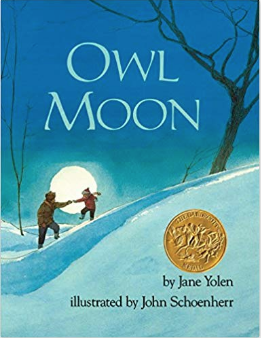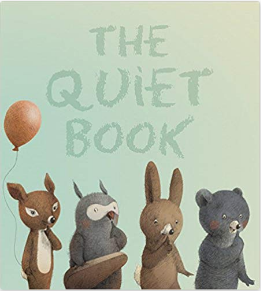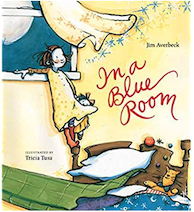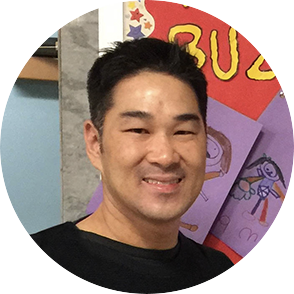How to Sell a Quiet Picture Book

Have you ever been told that your picture book is too quiet? Did you wonder what exactly that meant? We’re going to talk about how to make quiet books marketable enough that you can sell them.
In a Writing Picture Book Manuscripts workshop, Jim Averbeck talked about what a quiet picture book is, so I’m going to start by sharing that clip.
Jim said: “A quiet book is a book that tends to have less action, less activity, that tends to be more about emotions and where the story is more internal.”
He gave Jane Yolen’s Owl Moon and Deborah Underwood’s The Quiet Book as examples of quiet books that have sold very well.


Jim mentioned that quiet books tend to need just the right illustrator because a lot is left up to the illustrator.
Sometimes editors or agents reject picture books for being too quiet, but quiet books do sell. You just have to make sure you have a hook that complements yours. For example, parents like quiet bedtime books. Jim’s In a Blue Room is an excellent example of that.
What is your quiet book’s hook?

If you aren’t sure what a hook is, Melissa Manlove and Ariel Richardson define and talk about how to use hooks in the following video. And as Melissa pointed out in Submission Ready, “most successful picture books are doing more than one thing at a time.”
Once you’re sure your quiet picture book has at least one hook, it’s time to polish your manuscript until it shines. Quiet picture books tend to be beautiful mood pieces, so you have to make sure yours is lyrical. Does it have voice? You’ll want to get feedback to make sure your poetic devices and all of your words contribute to the overall mood.
If you’re sure that your quiet book is well written and has at least one hook, it’s time to research literary agents and editors. You might want to review this blog post I wrote about researching literary agents.
If you’re a member of SCBWI, you have access to The Book. Inside The Book, you’ll find the following sections: Edited By and Agented By. These sections will pair books with agents and editors for you to give you a sense of an industry professional’s taste. You can actually search to see which editors and agents prefer quiet books.
Another way to find this out is to attend conferences. Hannah Mann, from Writers House, said that she loves quiet books at a conference that I attended in May. Take notes on the kinds of books that agents love. If they don’t volunteer that kind of information, there’s usually an opportunity to ask.
You can sell quiet picture books. You just need to . . .
- Make sure it has a hook.
- Write and revise it to perfection.
- And find the right agent/editor to fall in love with it.
Let me know if you have any questions in the comments!
Blog Contributors

Myrna Foster writes and edits content for Storyteller Academy and the WriteRiders Newsletter for SCBWI Nevada. She has spent a lot of time teaching and coaching children, including five years as a preschool teacher. She's also worked as a journalist, and Highlights High Five has published six of her poems.

Arree Chung is an author/illustrator and the founder of Storyteller Academy. Arree’s Ninja! series has received starred reviews from Kirkus and School Library Journal. Kirkus also gave a starred review to Mixed, which recently won the FCGB award.
Today Arree lives a creative life, making stories for children. Arree spends most of his time making picture books, writing middle grade novels, and sharing his love for art, design, and storytelling with kids and dreamers everywhere.
